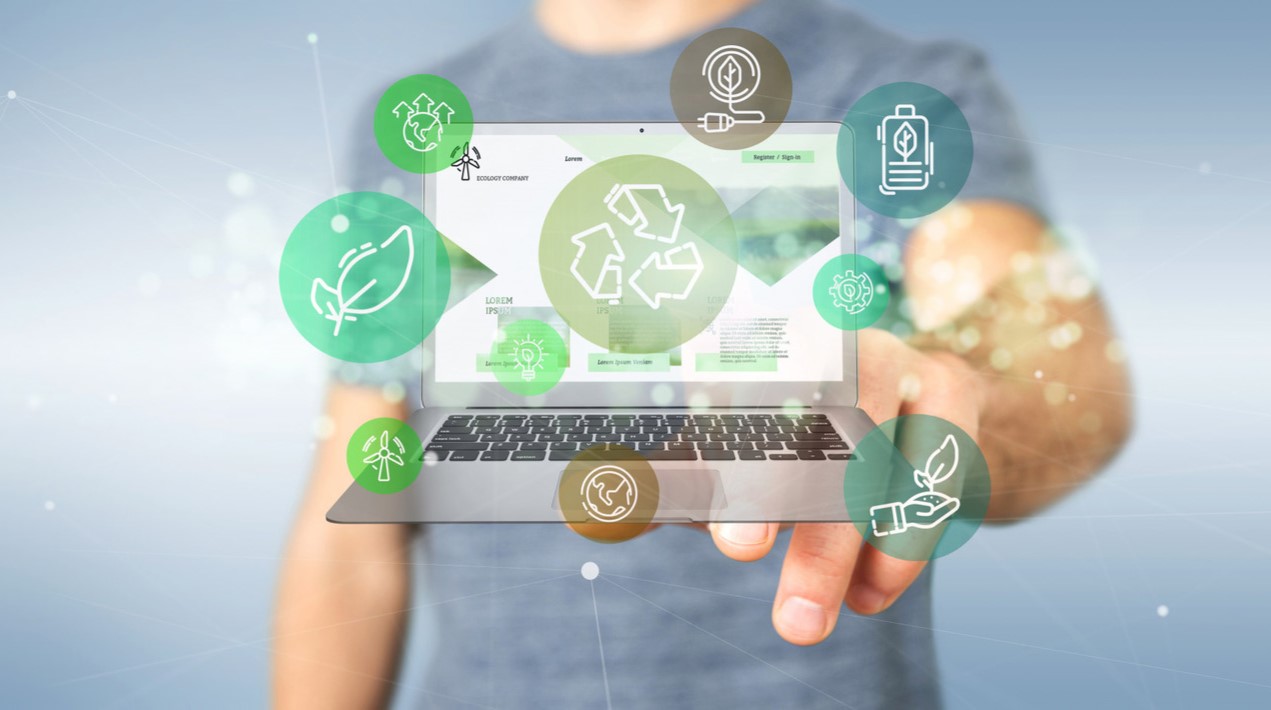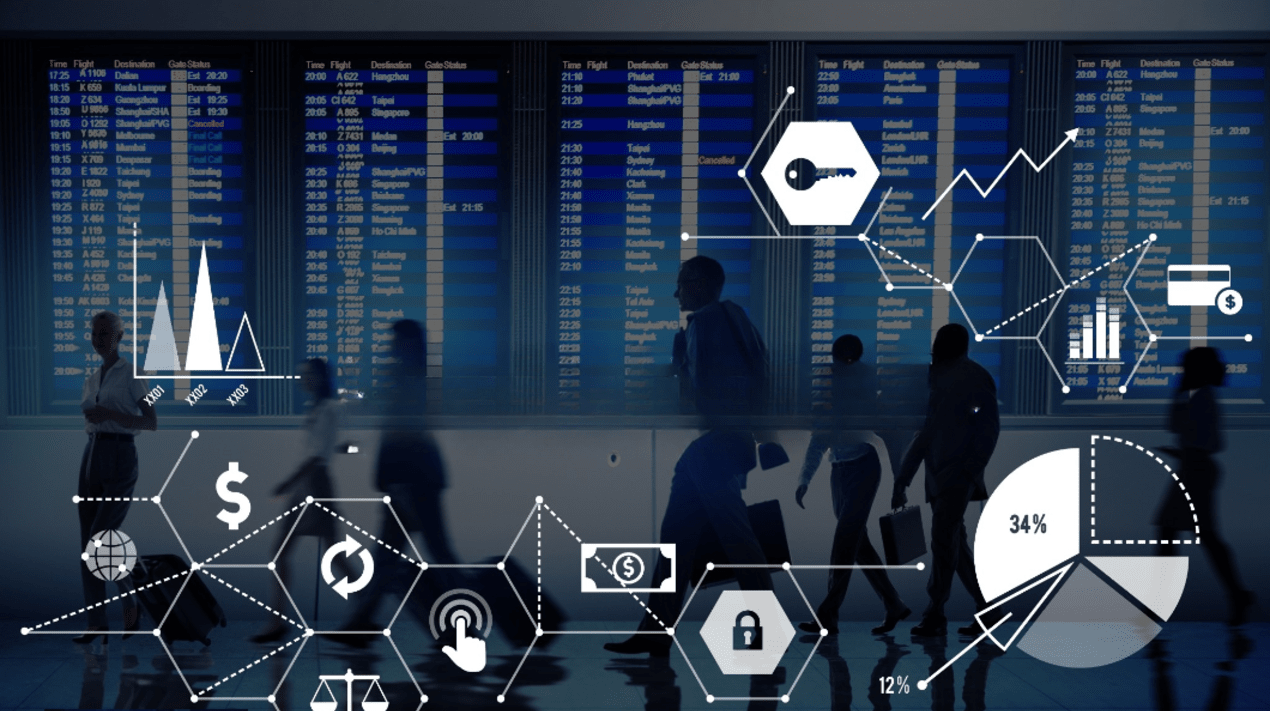
The Monetary Authority of Singapore (MAS) and the National Bank of Cambodia (NBC) signed a Memorandum of Understanding (MOU) to strengthen cooperation in FinTech innovation between both countries in Chiang Rai, Thailand, yesterday – 4 April 2019.
Information sharing on trends and developments in FinTech
Under the MOU, both countries will share information on emerging market trends and developments in FinTech, as well as regulatory issues pertaining to innovation in financial services. The two authorities will work together to conduct joint training sessions to share expertise to foster cross-border cooperation.
H.E. Neav Chanthana, Deputy Governor, NBC, said, “The NBC and MAS have reached a new step of financial cooperation in the area of financial innovation through this MOU. This will also allow us to share experiences and information related to FinTech to better manage and reap the benefit from the new innovation in financial technology in order to enhance payment system and promote financial inclusion.”
Countries share common focus to harness FinTech to create opportunities
Ms Jacqueline Loh, Deputy Managing Director, MAS, said, “This MOU builds upon the long-standing relationship between the NBC and MAS, as well as our common focus to harness FinTech to create new opportunities that will benefit both individuals and businesses. This collaboration also provides a framework for promoting financial innovation not only in our two countries, but also in the broader ASEAN region.”
The signing of the MOU took place on the side-lines of the 5th ASEAN Finance Ministers’ and Central Bank Governors’ Meeting.



















